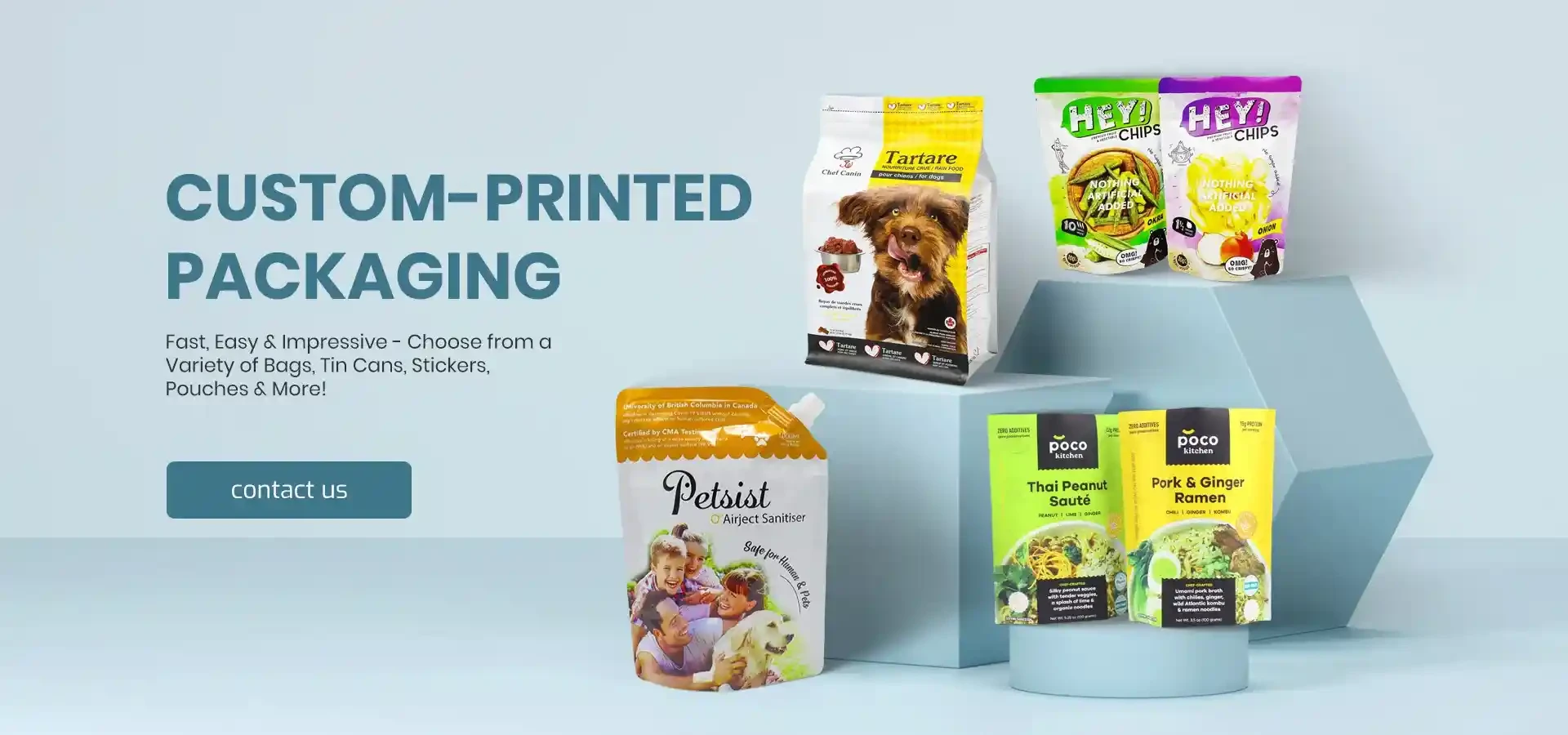- Afrikaans
- Albanian
- Amharic
- Arabic
- Armenian
- Azerbaijani
- Basque
- Belarusian
- Bengali
- Bosnian
- Bulgarian
- Catalan
- Cebuano
- chinese_simplified
- chinese_traditional
- Corsican
- Croatian
- Czech
- Danish
- Dutch
- English
- Esperanto
- Estonian
- Finnish
- French
- Frisian
- Galician
- Georgian
- German
- Greek
- Gujarati
- haitian_creole
- hausa
- hawaiian
- Hebrew
- Hindi
- Miao
- Hungarian
- Icelandic
- igbo
- Indonesian
- irish
- Italian
- Japanese
- Javanese
- Kannada
- kazakh
- Khmer
- Rwandese
- Korean
- Kurdish
- Kyrgyz
- Lao
- Latin
- Latvian
- Lithuanian
- Luxembourgish
- Macedonian
- Malgashi
- Malay
- Malayalam
- Maltese
- Maori
- Marathi
- Mongolian
- Myanmar
- Nepali
- Norwegian
- Norwegian
- Occitan
- Pashto
- Persian
- Polish
- Portuguese
- Punjabi
- Romanian
- Russian
- Samoan
- scottish-gaelic
- Serbian
- Sesotho
- Shona
- Sindhi
- Sinhala
- Slovak
- Slovenian
- Somali
- Spanish
- Sundanese
- Swahili
- Swedish
- Tagalog
- Tajik
- Tamil
- Tatar
- Telugu
- Thai
- Turkish
- Turkmen
- Ukrainian
- Urdu
- Uighur
- Uzbek
- Vietnamese
- Welsh
- Bantu
- Yiddish
- Yoruba
- Zulu
print custom game board
Designing a Custom Game Board The Ultimate Guide
Creating a custom game board can be an exciting and rewarding project, whether you're designing a new board game or modifying an existing one. From conceptualization to the final product, every step of the way presents an opportunity to express creativity and ensure a unique gaming experience. This article explores the various aspects of designing, printing, and perfecting your custom game board.
Conceptualizing Your Game Board
The first step in your custom game board journey is to define the theme and mechanics of your game. Consider the following questions
1. What is the objective of the game? – Knowing the goal will guide your entire design process. 2. What are the player dynamics? – Will players compete individually, form alliances, or work together against a common foe? 3. What is the target audience? – Understanding who will play the game can influence the design, complexity, and aesthetics.
Once you have a clear concept, sketch out initial ideas. This can be on paper or using design software. These sketches will serve as the backbone for your game board layout.
Designing the Layout
The layout includes the overall dimensions, pathways, zones, and compartments that structure the game. Here are some components to consider when designing your game board
- Pathways If your game involves movement, design pathways that guide players through the board. Think about including shortcuts, obstacles, or branching paths that can affect gameplay. - Zones Define areas that have specific functions, such as safe zones, battle grounds, or resource gathering spots. The positioning of these zones can significantly impact strategy. - Visual Elements Choose a color scheme and visual style that aligns with your game’s theme. Use icons, artwork, and typography to enhance the board's appeal and clarity.
Remember that readability is essential. Players should easily navigate and understand the game board.
Choosing Materials
The materials you choose for your board can affect both the look and durability
. Some popular options include- Cardboard This is a common choice for game boards due to its accessibility and affordability. It can be printed with vibrant colors and is lightweight. - Wood For a premium feel, wooden boards can offer a unique appearance but may increase costs significantly. - Vinyl Vinyl boards are durable, waterproof, and easy to clean. They are an excellent choice for games intended for repeated use.
print custom game board

Consider your budget and how often the game will be played when selecting materials.
Printing the Board
Once your design is finalized, it’s time to get it printed. There are various options for printing
- Home Printing For prototypes or small runs, you can print your board at home using high-quality printers. This option is cost-effective for personal use. - Professional Printing Services If you’re looking for a polished look or a larger quantity, consider hiring a professional printing service. They often offer various materials and finishes, such as matte or glossy finishes.
Before finalizing your order, make sure to review a proof to ensure colors and layout match your expectations.
Refining Gameplay
After creating your physical game board, gather a group of test players to evaluate gameplay. Pay attention to their suggestions and reactions to
- Game pace and flow - Clarity of rules and objectives - Balance and fairness
Be open to making adjustments based on player feedback; iterations often lead to a more refined and enjoyable game experience.
Final Thoughts
Designing a custom game board is a multifaceted process that combines creativity, design, and gameplay mechanics. By following these steps—from conceptualization to the final design—you can create a unique gaming experience that reflects your vision and engages players.
Whether you aim to entertain friends or share your creation with a broader audience, a well-crafted game board can become a cherished part of game night. So gather your materials, unleash your creativity, and start designing the game board of your dreams!













